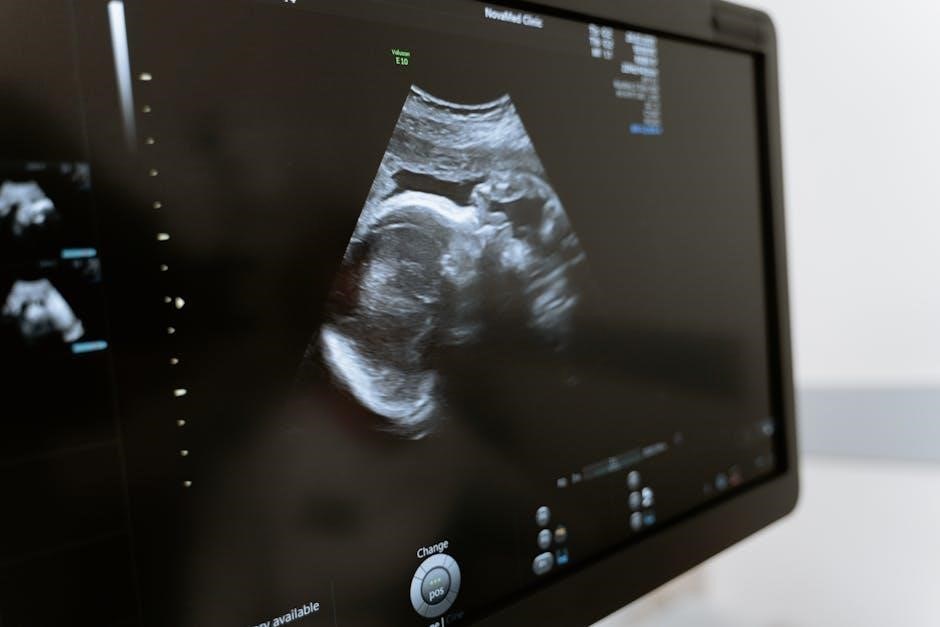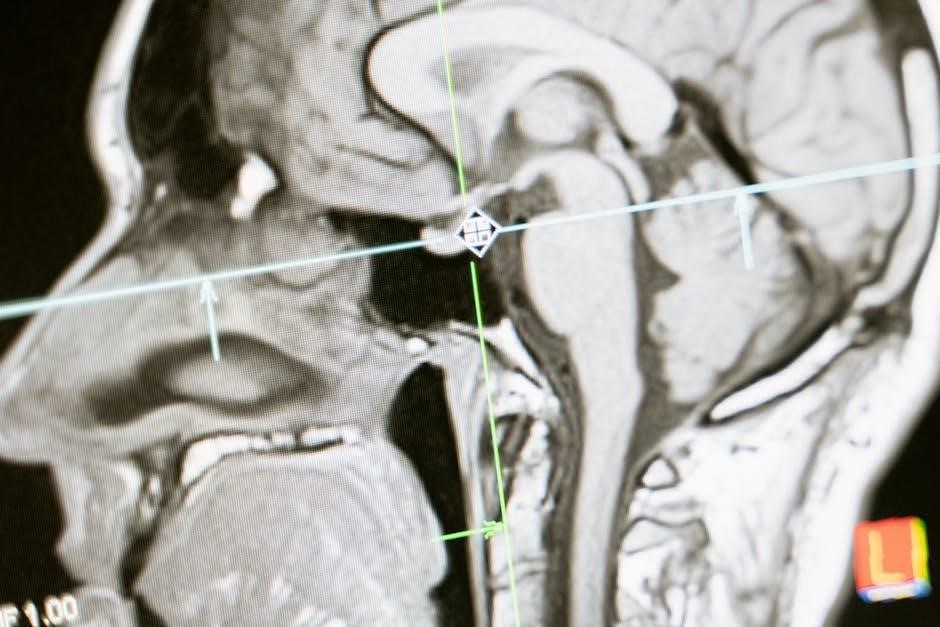The H. pylori breath test is a non-invasive method to detect Helicobacter pylori bacteria in the stomach. It measures carbon dioxide levels in breath samples to diagnose infections accurately and guide treatment plans effectively.
What is the H. Pylori Breath Test?
The H. pylori breath test is a non-invasive diagnostic tool that detects the presence of Helicobacter pylori bacteria in the stomach. It measures carbon dioxide levels in breath samples, which are produced when H. pylori breaks down urea. The test involves collecting baseline and post-ingestion breath samples. Patients drink a solution containing 13C-urea, and if H. pylori is present, it will metabolize the urea, producing labeled carbon dioxide detectable in the breath. This method is safe, accurate, and widely used for diagnosing H. pylori infections, guiding treatment decisions effectively.
Why is the H. Pylori Breath Test Important?

The H. pylori breath test is crucial for diagnosing Helicobacter pylori infections, which are linked to peptic ulcers and gastric cancer. It provides a non-invasive, accurate, and reliable way to detect the bacteria, avoiding the need for invasive procedures like endoscopy. Early detection allows for timely treatment, reducing complications and improving patient outcomes. Additionally, the test helps monitor the effectiveness of eradication therapy, ensuring proper management of the infection. Its simplicity and safety make it suitable for children and pregnant women, making it a vital tool in gastrointestinal care.
Patient Preparation for the H. Pylori Breath Test
Proper preparation ensures accurate results. Patients must fast for a specified period, avoid certain medications, and follow guidelines to eliminate factors that could interfere with the test.
Fasting Requirements
Patient must fast for 1 to 6 hours before the test, depending on the specific instructions provided. Fasting ensures no food or drink interferes with the breath sample results. During this period, only water is typically allowed, unless otherwise specified. It is crucial to adhere strictly to fasting guidelines to ensure accurate test outcomes. Any deviation may require rescheduling the test. Always confirm the exact fasting duration with your healthcare provider to comply with the test requirements effectively.
Medications to Avoid
Patients must avoid certain medications before the H. pylori breath test to ensure accurate results. Antibiotics should not be taken for at least one month prior to the test. Additionally, bismuth-containing medications, such as Pepto Bismol or Kaopectate, should be avoided for the same duration. Other medications that may interfere with the test should also be discussed with your healthcare provider. Adhering to these guidelines is essential to prevent false results and ensure the reliability of the test outcome. Always confirm the specific medications to avoid with your doctor or the test instructions provided.
Other Preparatory Instructions
Besides fasting and avoiding medications, ensure no eating or drinking for 6 hours before the test. Patients must be at least 3 years old to undergo the test. Inform your healthcare provider if pregnant, as the test is safe during pregnancy. Avoid any substances that could interfere with breath samples. Follow all instructions provided by your healthcare provider or the test kit. Proper preparation ensures accurate results and a smooth testing process. Always review the specific guidelines provided with your test kit for additional details. Adherence is key for reliable outcomes.

Procedure for the H. Pylori Breath Test
The test involves collecting a baseline breath sample, consuming a test substance, and providing a final breath sample after a short waiting period.
Baseline Breath Sample Collection
The baseline breath sample is collected before any test substance is administered. Patients exhale into a tube or bag to provide a breath sample reflecting their natural state. This step ensures accurate comparison with the post-substance sample. The process is quick and straightforward, requiring deep exhalation into the collection device. This initial sample serves as a control to measure changes after ingesting the test substance, helping to determine the presence of H. pylori infection. Proper technique is essential for reliable results.
Ingesting the Test Substance
After collecting the baseline sample, the patient ingests a test substance containing 13C-urea. This substance is mixed with water or taken as a tablet. The urea is metabolized by H. pylori, producing labeled carbon dioxide. Patients typically wait 30 minutes before providing the final breath sample. During this time, the body processes the substance, allowing for accurate detection of the bacteria. The test substance is safe and non-invasive, ensuring minimal discomfort for the patient. Proper ingestion and waiting are crucial for reliable test results.

Final Breath Sample Collection
After ingesting the test substance, patients wait 30 minutes before providing the final breath sample. They exhale deeply into a collection tube, ensuring a complete breath sample. This step is crucial for detecting the presence of H. pylori, as it captures the carbon dioxide produced by bacterial metabolism. Proper technique is essential to avoid contamination and ensure accurate results. The sample is then analyzed to determine if H. pylori is present, guiding further diagnosis and treatment.

Reliability and Accuracy of the Test
The H. pylori breath test is highly reliable, offering accurate detection of the bacteria through carbon dioxide measurement. Its non-invasive nature and high sensitivity make it a preferred diagnostic method;
How the Test Works
The H. pylori breath test detects the bacteria by measuring carbon dioxide levels in breath samples. Patients first provide a baseline breath sample. They then consume a solution containing urea tagged with carbon-13. If H. pylori is present, the urea is broken down, producing labeled carbon dioxide, which is measured in a second breath sample. This non-invasive method accurately identifies the presence of the bacteria, guiding further treatment.

Interpreting Test Results
The H. pylori breath test results are determined by measuring the levels of carbon dioxide in breath samples. A higher-than-normal level of carbon dioxide after consuming the test substance indicates the presence of H. pylori. If levels are within the normal range, the test is negative. A cutoff value, typically 2.5‰, distinguishes positive from negative results. Healthcare providers interpret these findings to confirm infection and guide appropriate treatment. Accurate interpretation ensures effective management of gastrointestinal conditions associated with H. pylori.

Safety and Contraindications
The H. pylori breath test is safe for most individuals, including children over 3 and pregnant women. Contraindications include recent antibiotic use or certain gastrointestinal conditions. Precautions are necessary for those with severe health issues.
Who Can Take the Test?
The H. pylori breath test is suitable for individuals aged 3 and above. It is also safe during pregnancy and for those with mild gastrointestinal conditions. However, individuals who have recently taken antibiotics or bismuth-containing medications should avoid the test. Patients with severe health issues or those unable to follow test instructions may require special considerations. Consultation with a healthcare provider is essential to determine eligibility and ensure safe administration of the test.

Warnings and Precautions
Patients must avoid antibiotics and bismuth medications for one month before the test. Fasting for at least one hour is required to ensure accurate results. Individuals who cannot follow test instructions or have severe health conditions may need medical guidance. The test is safe during pregnancy and for children over 3 years old. Adherence to all preparatory instructions is crucial to avoid test complications and ensure reliable outcomes. Consult your healthcare provider if unsure about any preparation steps or potential risks.

Post-Test Instructions and Follow-Up
After the test, patients can resume normal activities. Your healthcare provider will discuss results and recommend further steps, such as treatment or additional testing if needed.

What to Do After the Test
After completing the breath test, patients can immediately resume their normal daily activities. It is important to wait for the test results from your healthcare provider, which may take a few days. Once results are available, your doctor will discuss the findings and recommend any necessary follow-up actions, such as starting treatment for H. pylori if the test is positive. Be sure to schedule a follow-up appointment to review your results and plan the next steps in your care.
Next Steps Based on Results
If the test is positive for H. pylori, your doctor will likely prescribe a treatment plan, which may include antibiotics and acid-reducing medications. A follow-up breath test may be scheduled after treatment to confirm eradication of the bacteria. If the test is negative, your healthcare provider will investigate other causes of your symptoms. Regardless of the result, it’s important to schedule a follow-up appointment to discuss the findings and any further steps in your care. Adhering to your doctor’s recommendations is crucial for effective management.
The H. pylori breath test is a valuable diagnostic tool for detecting Helicobacter pylori infections, offering a non-invasive and reliable method to guide treatment decisions. By following proper preparation and procedure, patients can ensure accurate results, which are crucial for effective management of gastrointestinal conditions. Healthcare providers play a key role in interpreting results and developing personalized treatment plans. This test remains a cornerstone in diagnosing and managing H. pylori-related disorders, providing patients with a clear path toward recovery and improved health outcomes.

